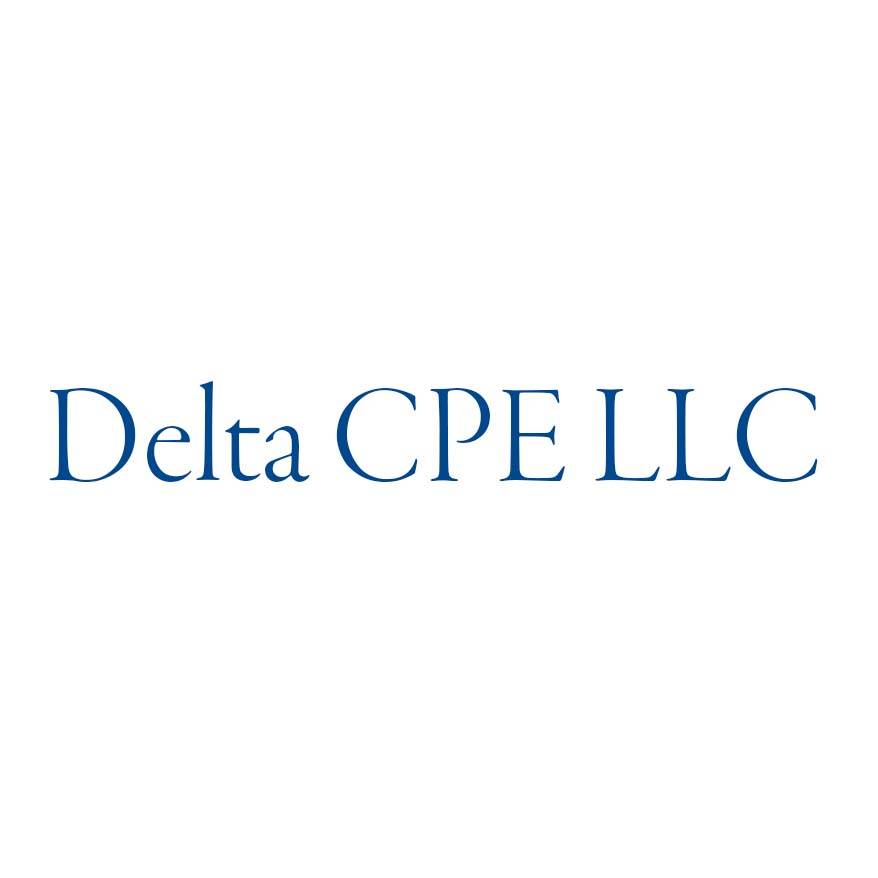Self-Study
Accountant’s Guide to Retail Management
Essential retail management strategies from financial structures to online presence. Guide retail clients through changing market conditions and digital transformations with the Accountant's Guide to Retail Management.

$351.00 – $391.00Price range: $351.00 through $391.00
Webcasts are available for viewing Monday – Friday, 8am – 8pm ET,
and Saturday & Sunday, 10am – 6pm ET.
Without FlexCast, you must start with enough time to finish. (1 Hr/Credit)
Please fill out the form below and we will reach out as soon as possible.
CPE Credits
13 Credits: Business Management & Organization
Course Level
Overview
Format
Self-Study
Course Description
Retailing, the business of selling consumer goods to final consumers, is constantly changing. Retailers are particularly affected by changes in the consumer population; in the economic, social, technological, and political environment; and in competitive conditions. Accountant’s Guide to Retail Management teaches you the main requirements of effective retail management: personal qualifications of management; an adequate financial structure; necessary physical facilities; effective policies and procedures; and competence, loyalty, and productiveness of personnel. This retail management accounting course discussed are online retailing strategy, improving internet presence, and future changes in retailing.
Need Flexibility?
Purchase now, choose later. Your credits are ready whenever you find the perfect courses for you.
Learning Objectives
Upon successful completion of this course, participants will be able to:
- Recognize the importance of retailing to the U.S. economy.
- Recognize the structure of retailing.
- Identify advantages and disadvantages of online retailing, and methods to improve an online business.
- Identify the skills requirements of management.
- Recognize attributes of successful retail businesses.
- Identify the basic factors in choosing a retail location.
- Recognize differences between customers from urban and suburban areas.
- Recognize the key decisions when planning store equipment.
- Recognize the factors affecting layout.
- Recognize characteristics affected by the organization’s structure.
- Identify the steps to recruit an adequate work force.
- Recognize techniques for evaluating an employee training program.
- Identify the goals of a compensation program for personnel.
- Recognize some of the major causes for job dissatisfaction and employee complaints.
- Recognize the characteristics of merchandise budgeting.
- Recognize the steps involved in the budgeting process.
- Identify ways to measure monthly stock variations.
- Identify the types of formal buying plans.
- Recognize factors that influence the quantities to purchase.
- Identify inside and outside sources of information on customer’s wants.
- Identify merchandise resources.
- Recognize benefits of different options for purchasing merchandise.
- Recognize the attributes of an invoice.
- Identify the terms of sale discounts.
- Recognize how the terms of sale and datings on invoices are used.
- Recognize the limitations of merchandise control.
- Identify the goals of merchandise management.
- List the basic types of unit control systems.
- Identify how to minimize stock shortages.
- Identify the advantages of centralizing the activities in receiving and distributing merchandise.
- Recognize information captured when receiving and recording incoming merchandise.
- Recognize limitations of pricing techniques.
- Identify some of the factors influencing markup.
- Recognize steps involved in the retail advertising program.
- Identify different types of effective interior store displays.
- Recognize non-personal methods of sales promotions – email, telephone and mail-order.
- Identify consumer premiums used to promote retail sales.
- Identify the general rules and elements in the sales process.
- Identify the major causes of customer complaints.
- Identify other customer services use to improve the shopping experience.
- Recognize a variety of types of retail credit.
- Recognize the credit legislation with which retailers should be familiar.
- Identify measurements used to evaluate the effectiveness of the credit department.
- Recognize the purposes served by accounting records.
- Identify the attributes of the balance sheet and operating statement.
- Identify different methods used for accounting control.
- Recognize the advantages and disadvantages of the retail method.
- Recognize methods for an allocation or distribution of expenses.
- Identify the steps involved in an analysis and comparison of expense.
- Identify different internal theft problems that create the need for prevention strategies.
- Recognize external crimes that retailers must monitor to identify, control, and limit pilferage.
- Recognize the prime responsibility of executive management leadership in retailing.
- Identify the elements that online marketers should take into account when evaluating the opportunities of online retailing.
- Identify trends in the future of retailing.
Course Specifics
SS124390799
August 19, 2024
There are no prerequisites.
None
287
Compliance Information
CFP Notice: Not all courses that qualify for CFP® credit are registered by Western CPE. If a course does not have a CFP registration number in the compliance section, the continuing education will need to be individually reported with the CFP Board. For more information on the reporting process, required documentation, processing fee, etc., contact the CFP Board. CFP Professionals must take each course in it’s entirety, the CFP Board DOES NOT accept partial credits for courses.
Meet The Experts

For many years, Delta CPE LLC has offered a wide variety of continuing education courses for financial professionals. Topics covered by Delta’s courses include accounting, financial management, budgeting, investments, financial statement reporting, business management, IFRS, ethics, valuations, real estate, and business writing. The diversity and breadth of Delta’s course offerings make the company a prolific and unique contributor to the CPE world. Delta’s well-credentialed authors and contributors have also been published in numerous academic and professional journals and quoted by some of the leading financial media outlets.
Related Courses
-
 Business Management & Organization
Business Management & Organization
Developing and Managing Teams
Steven M. Bragg, CPA QAS Self-Study
Credits: 4 $116.00
QAS Self-Study
Credits: 4 $116.00 -
 Business Management & Organization
Business Management & Organization
Effective Negotiation
Steven M. Bragg, CPA QAS Self-Study
Credits: 5 $145.00
QAS Self-Study
Credits: 5 $145.00 -
 Business Management & Organization
Business Management & Organization
Understanding and Managing Organizational Behavior
Delta CPE LLC QAS Self-Study
Credits: 14 $364.00
QAS Self-Study
Credits: 14 $364.00
